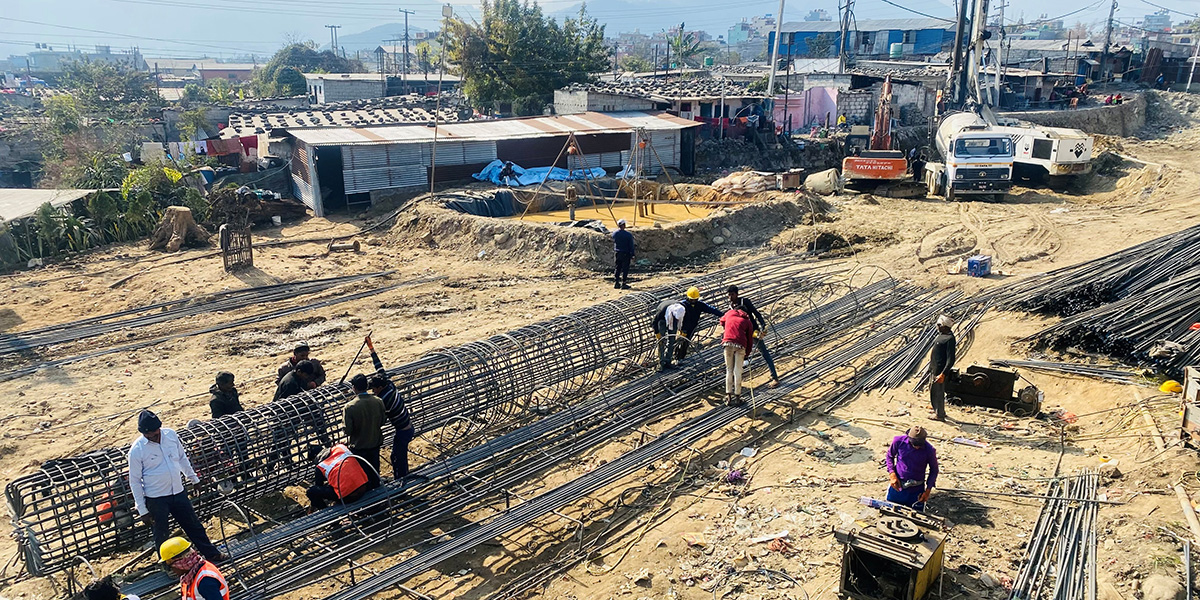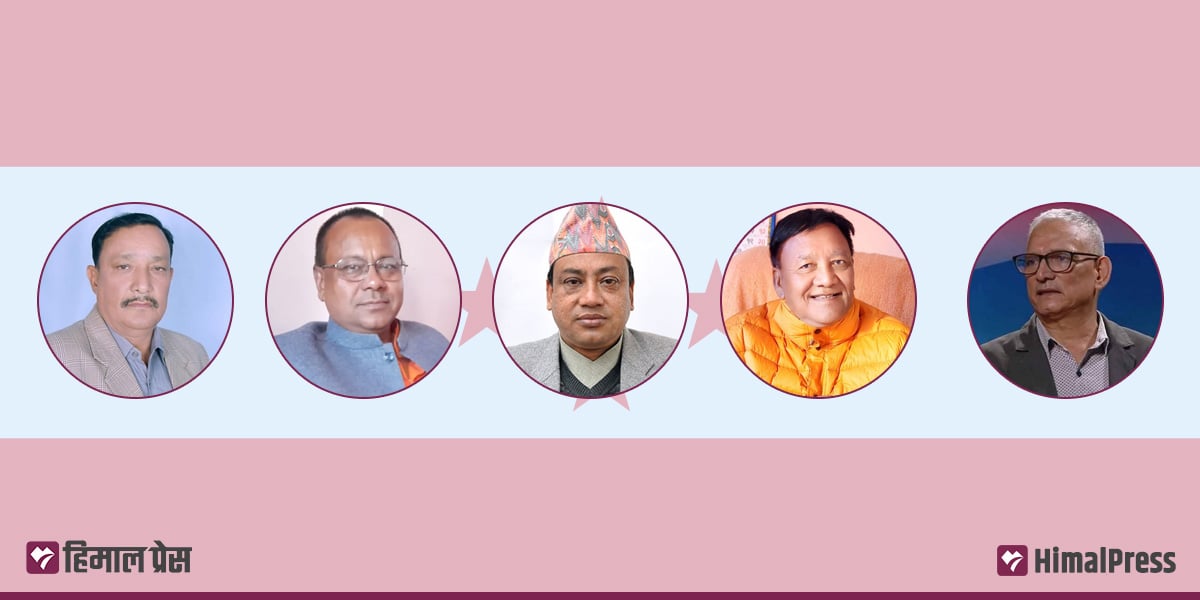
KATHMANDU: Over the past three decades, approximately 6.8 million Nepali youths have left the country in search of employment abroad.
Data from the Department of Foreign Employment (DoFE) shows that between the fiscal year 1993/94 and the first five months of 2024/25, 6.8 million Nepalis received labor approval for employment in countries other than India. According to Gurudatta Subedi, the department’s information officer, an additional 1.5–1.7 million Nepalis are estimated to be working in various sectors in India. Likewise, many youths bypass formal channels and travel to countries like Bangladesh, China, Sri Lanka and Myanmar via India. From these transit countries, some workers use illegal routes to reach destinations in Europe, the UAE, Malaysia and the Gulf countries.
Likewise, around 7,000 leave the countries every year for higher education.
Nepali workers have reached 189 countries for employment. An average of 1,700 individuals leave the country every day for foreign employment. Subedi estimates that about 4.5 million Nepalis are currently employed abroad. Over the past 30 years, more than 1.1 million Nepali women have obtained labor approval, he added.
Foreign employment, however, has come at a high cost. Data from the Foreign Employment Board shows over 14,000 Nepalis have died while working abroad in the past three decades.
According to Subedi, approximately 61% of households in Nepal have at least one family member engaged in foreign employment.
Globally, the International Labour Organization (ILO) reports that over 150 million of the 2.44 billion migrants are engaged in foreign employment. The organization also estimates that more than 270 million people relocate every four months, primarily for work or education.
Nepal observed the 24th International Migrants Day on Wednesday, commemorating the United Nations’ adoption of the International Convention on the Protection of the Rights of All Migrant Workers and Members of Their Families in 1990. The day has been marked globally since 2000 and in Nepal since 2005.
Labor migration from Nepal dates back centuries. Historical records suggest that in 1260, Arniko led a group of 80 artisans to Tibet and China for work, marking the beginning of Nepal’s migration history, according to the late historian Satyamohan Joshi.
Migration expert Kul Bahadur Karki said that Nepali workers often face wage disparities compared to their counterparts from India and China. Despite possessing the necessary skills, Nepali workers are often paid less and lack the benefits prescribed by the ILO. “The government focuses on the number of workers leaving but fails to address their wages and benefits in international forums,” said Karki. He also added that increasing migration has discouraged youth employment within Nepal and exacerbated social challenges.
Labour Minister Sharat Singh Bhandari acknowledged the growing challenges in managing migration for employment, education, and business. He, however, said that remittances, which account for 29% of Nepal’s GDP, have significantly boosted the economy and brought changes to society and culture.
While Nepal has consistently advocated for equal wages and benefits for its workers in destination countries, the lack of bilateral agreements has left many vulnerable to exploitation, abuse and unequal pay. Female workers, in particular, remain at high risk of exploitation.
Although organizations like the ILO and the International Organization for Migration (IOM) have established guidelines to protect migrant workers, Nepali workers continue to suffer in foreign job destinations. Experts say that discussions on these issues mostly remain confined to international platforms.




















